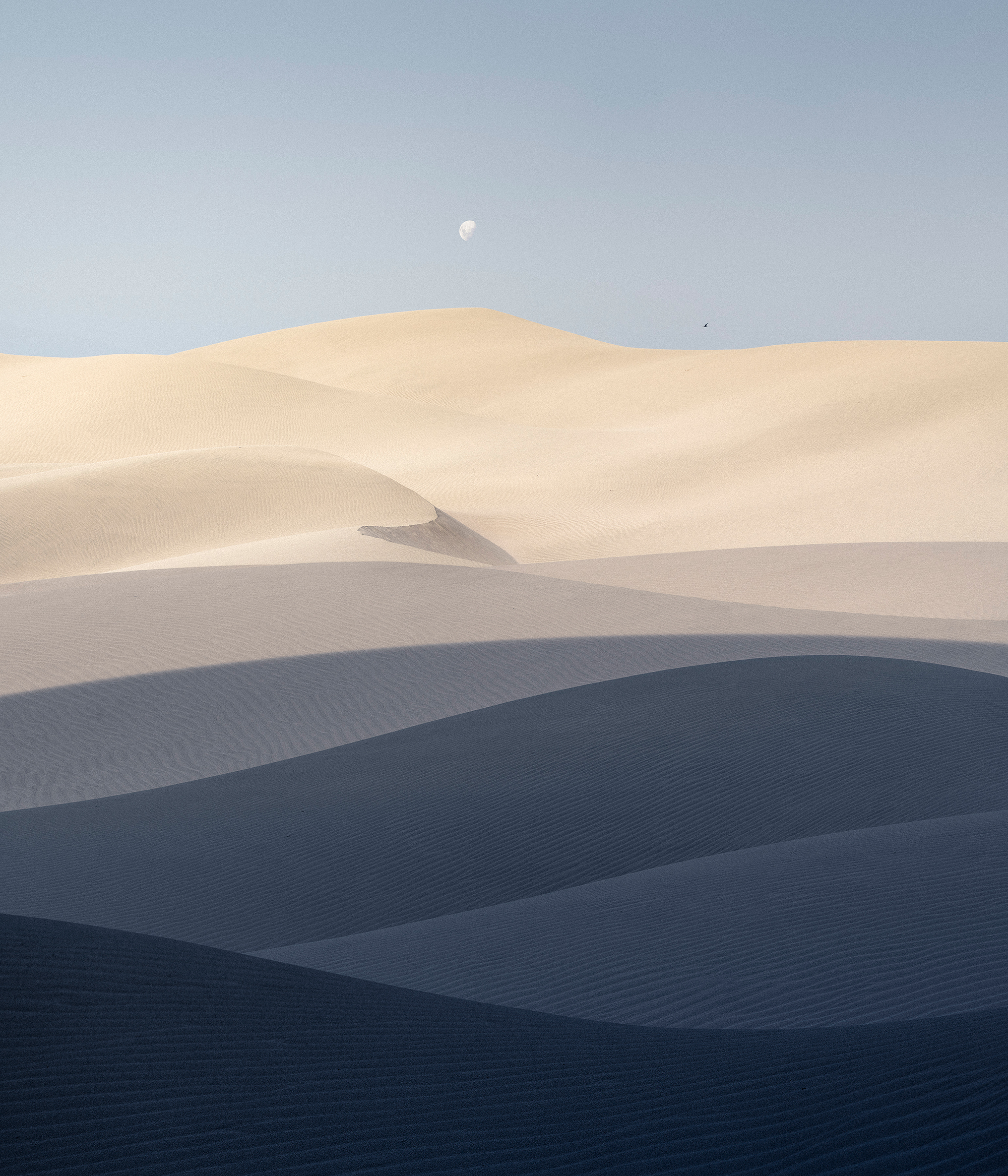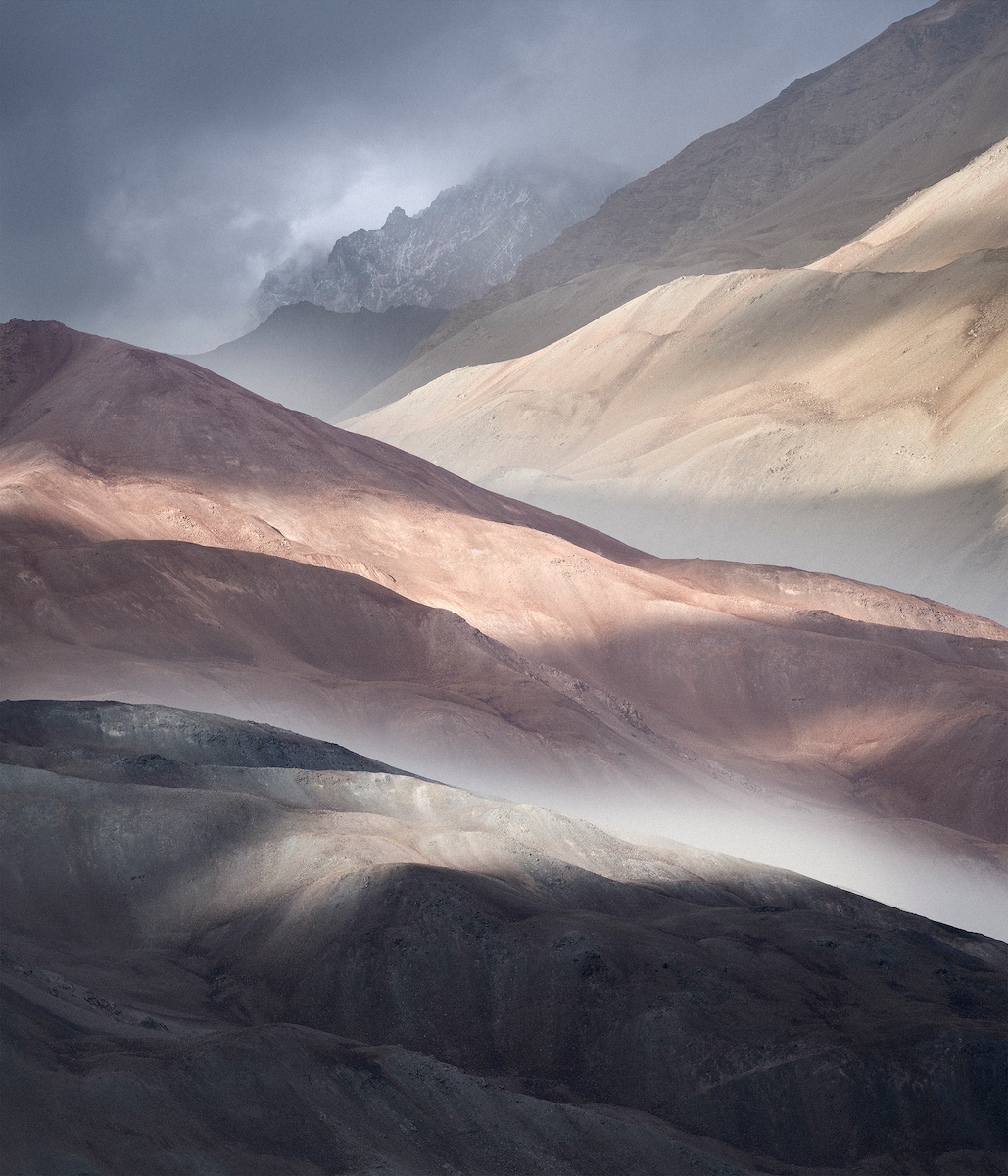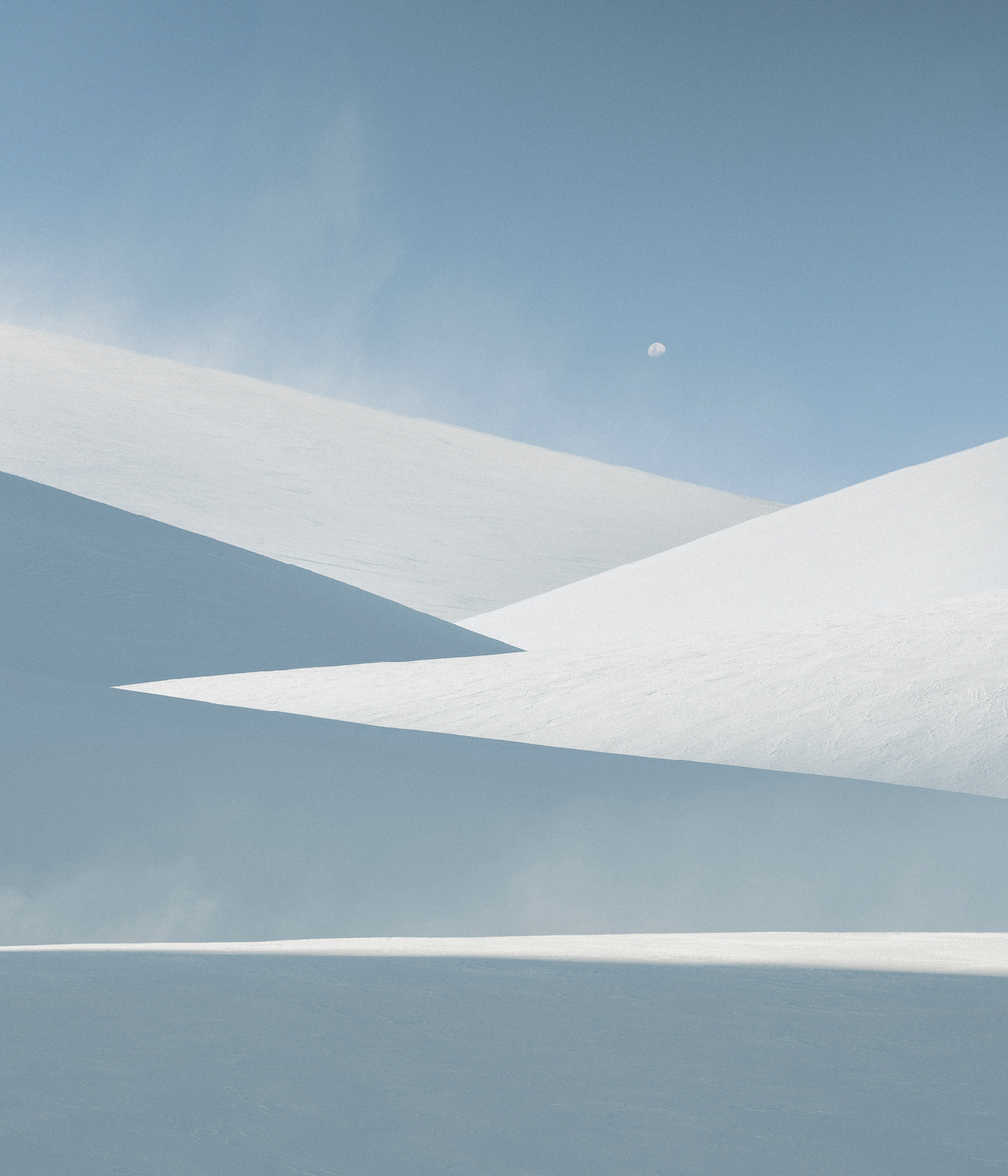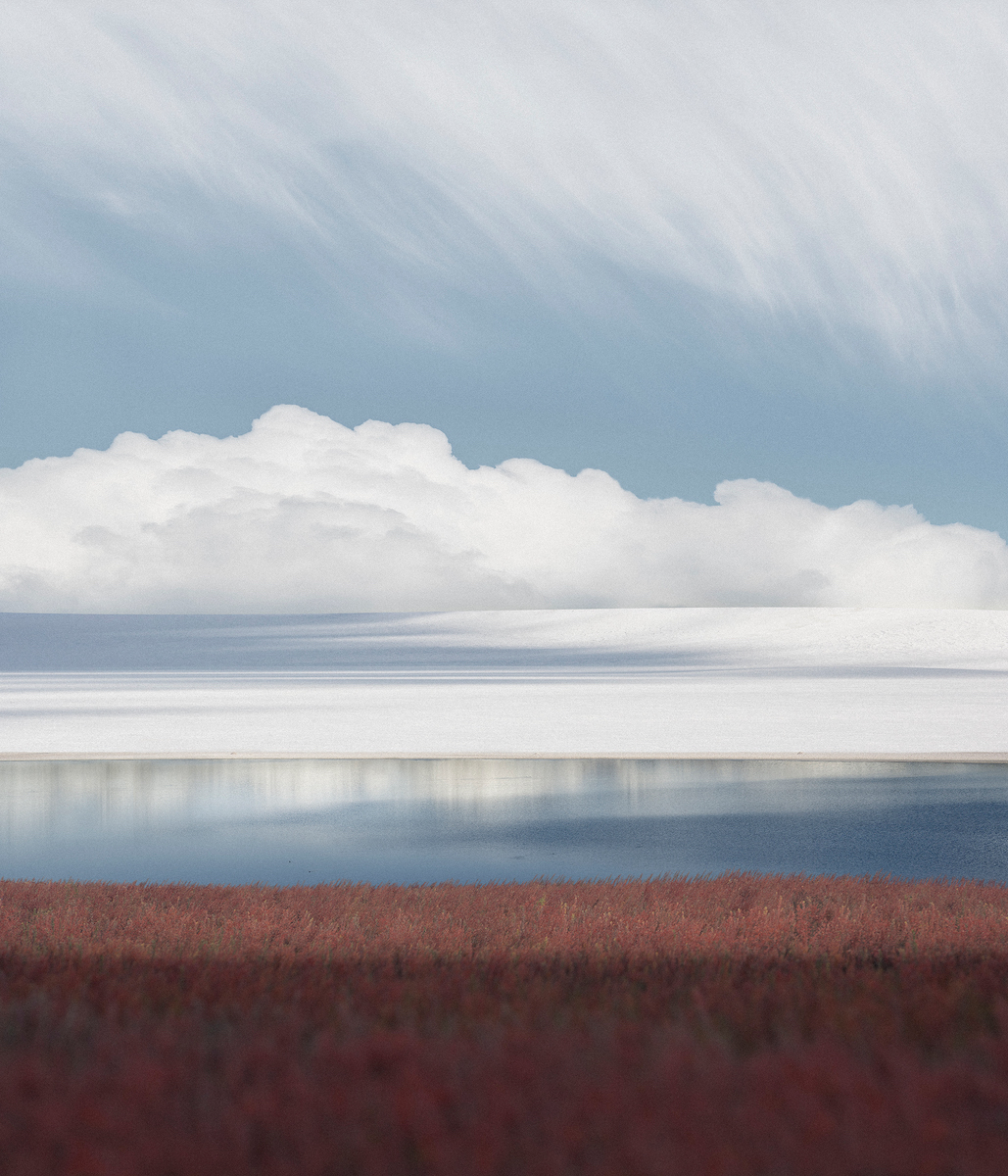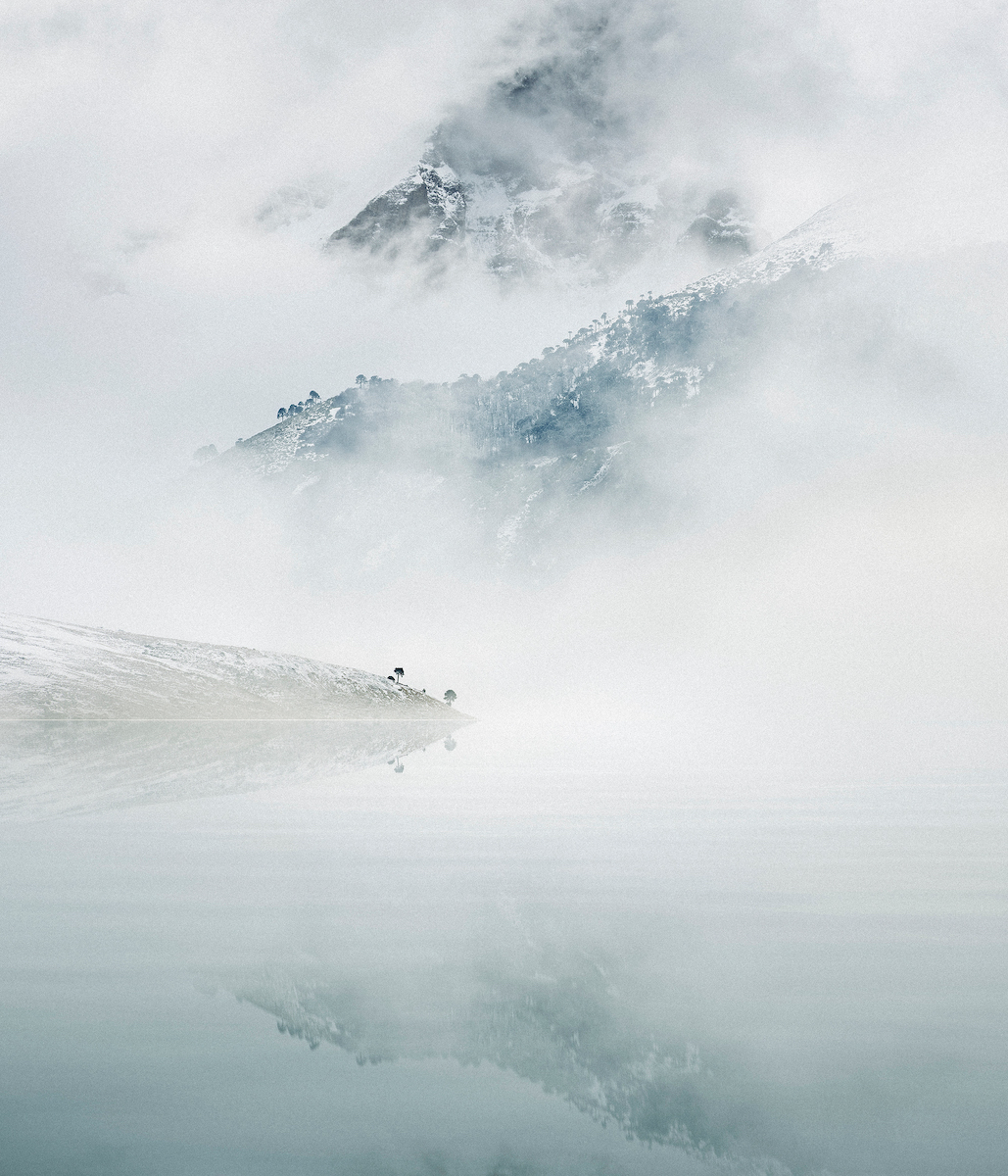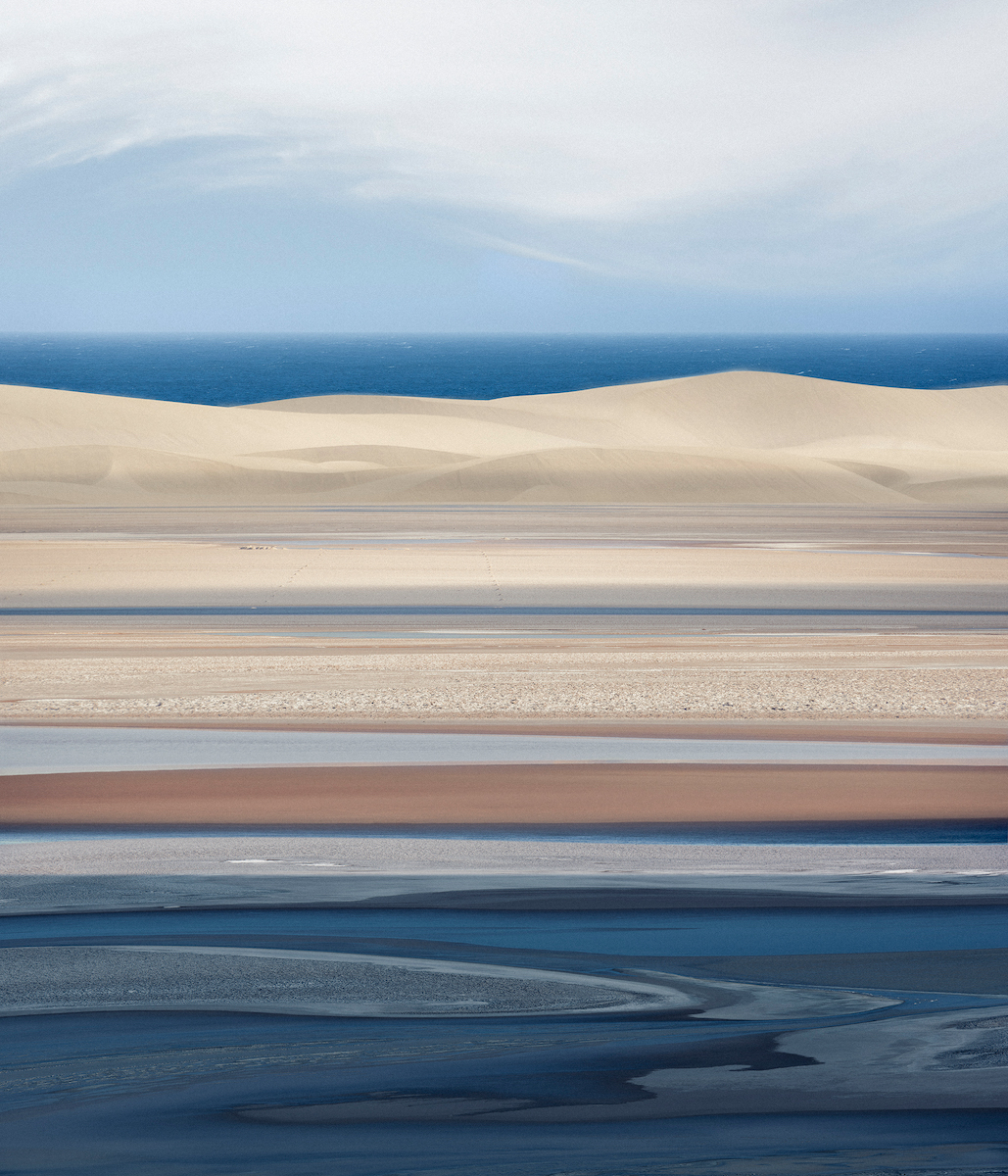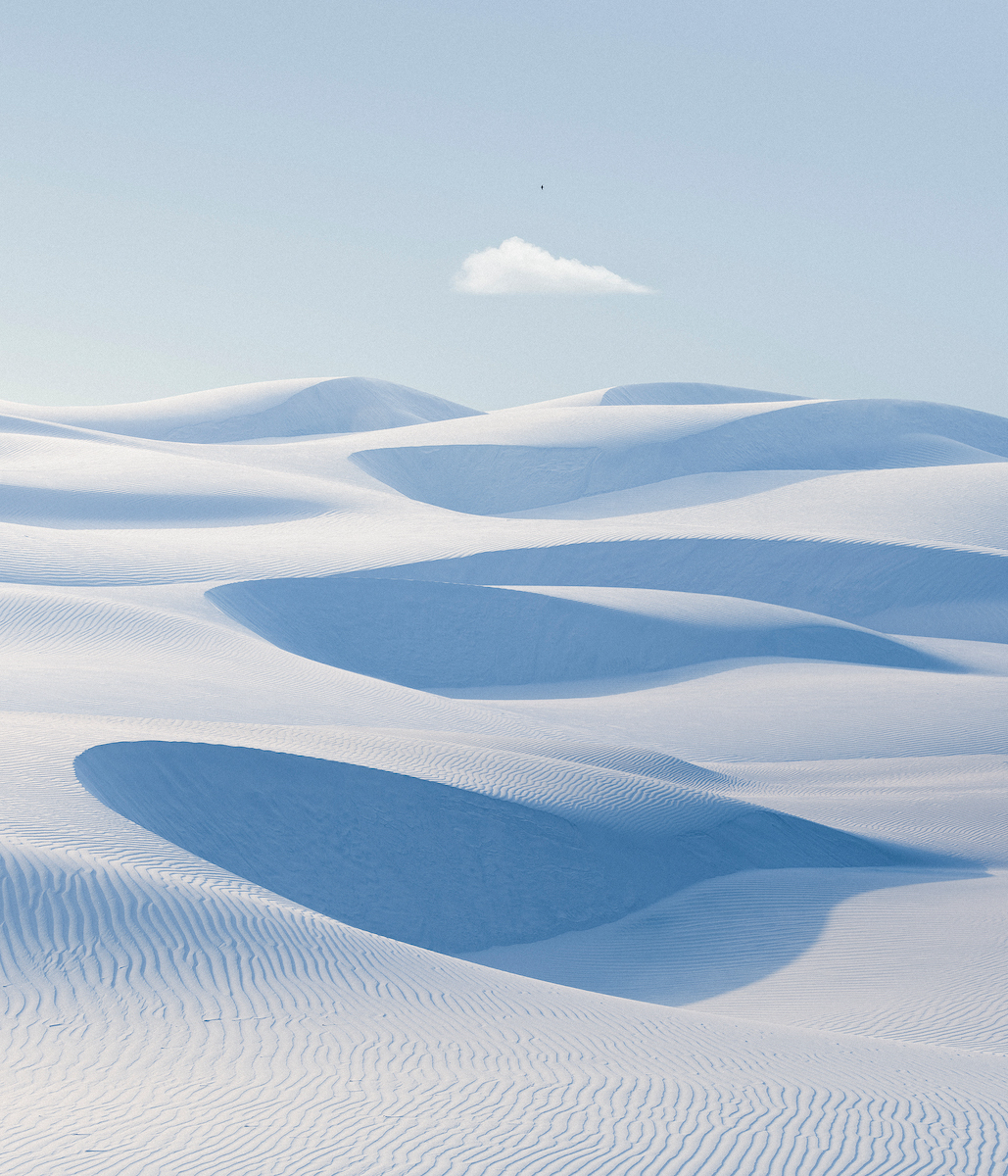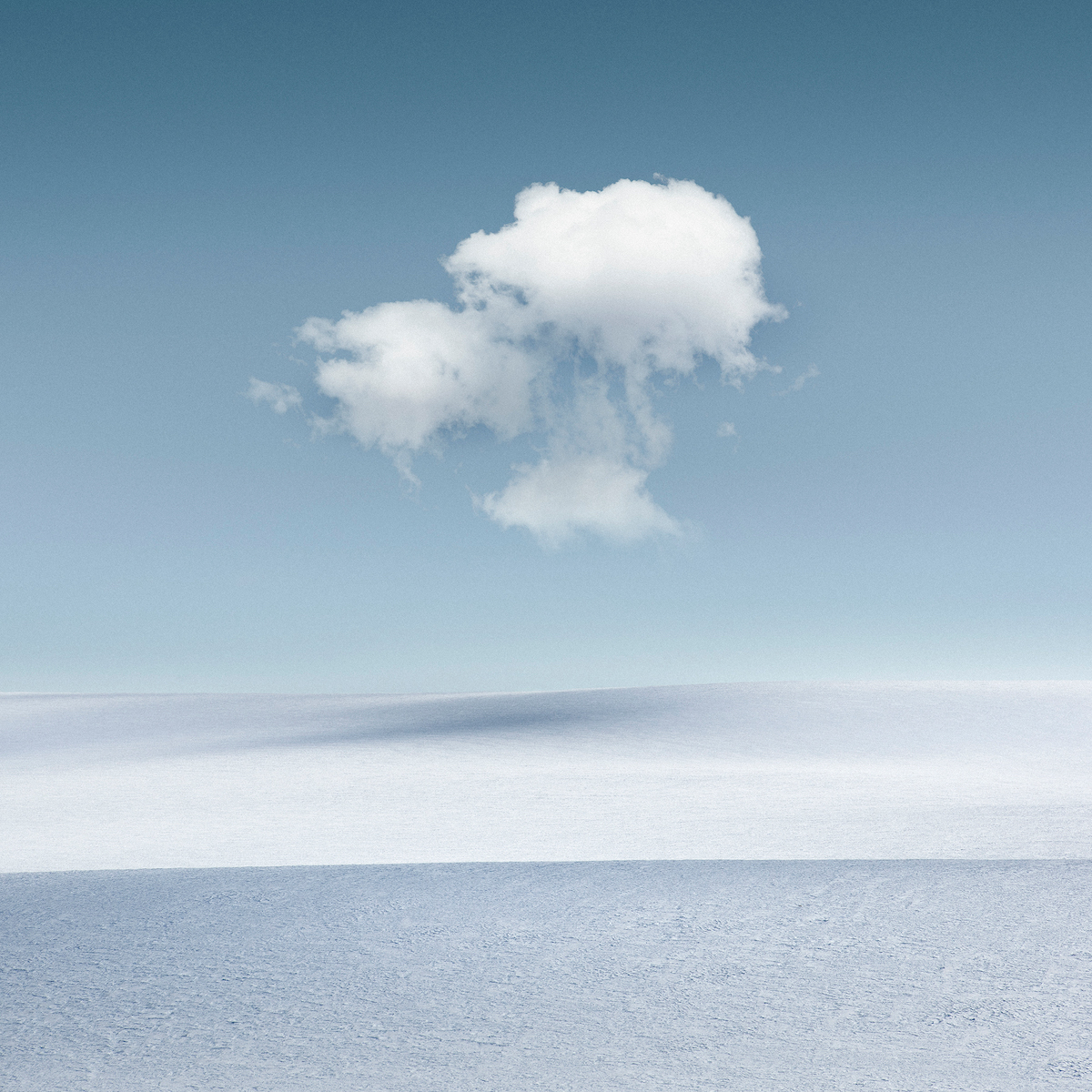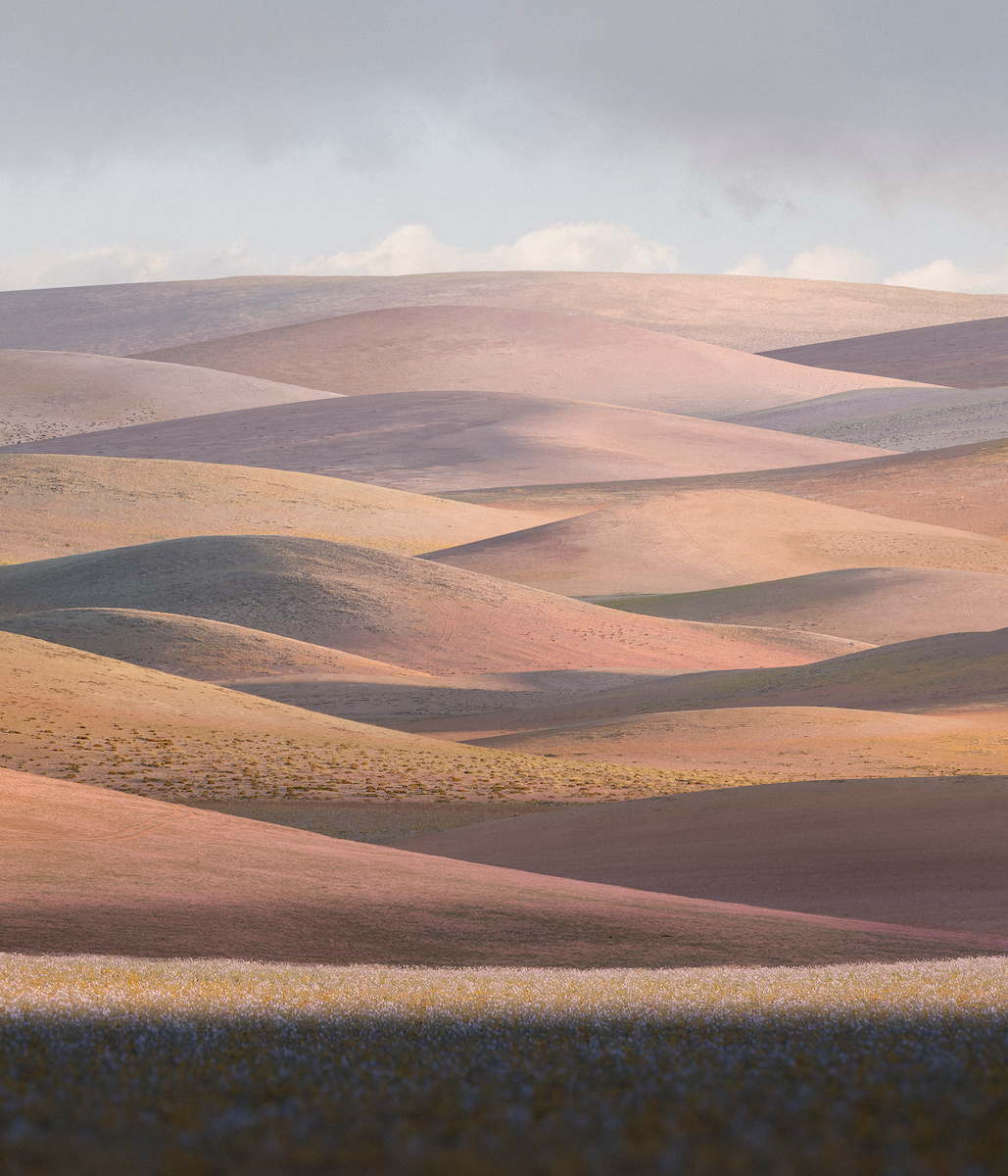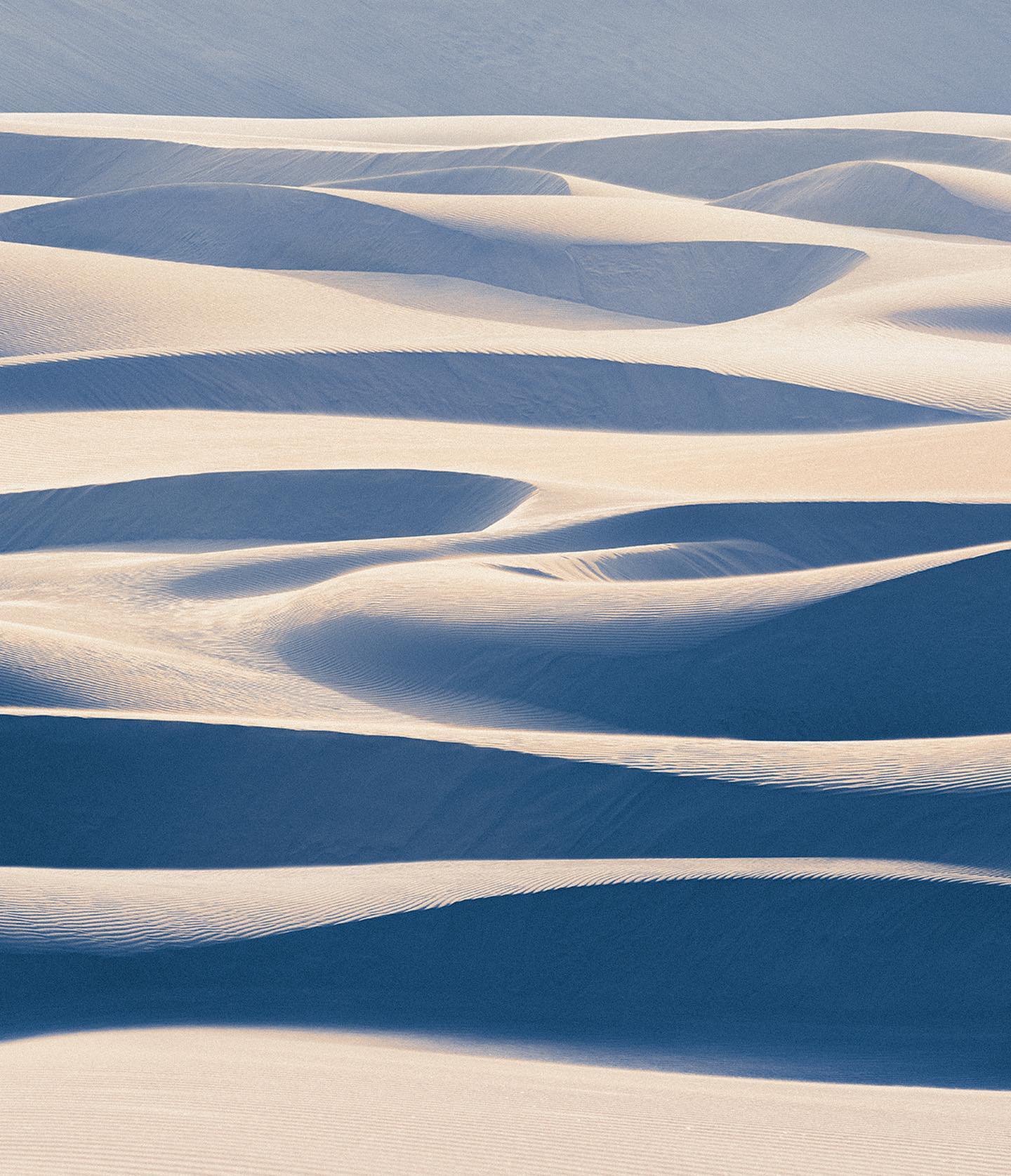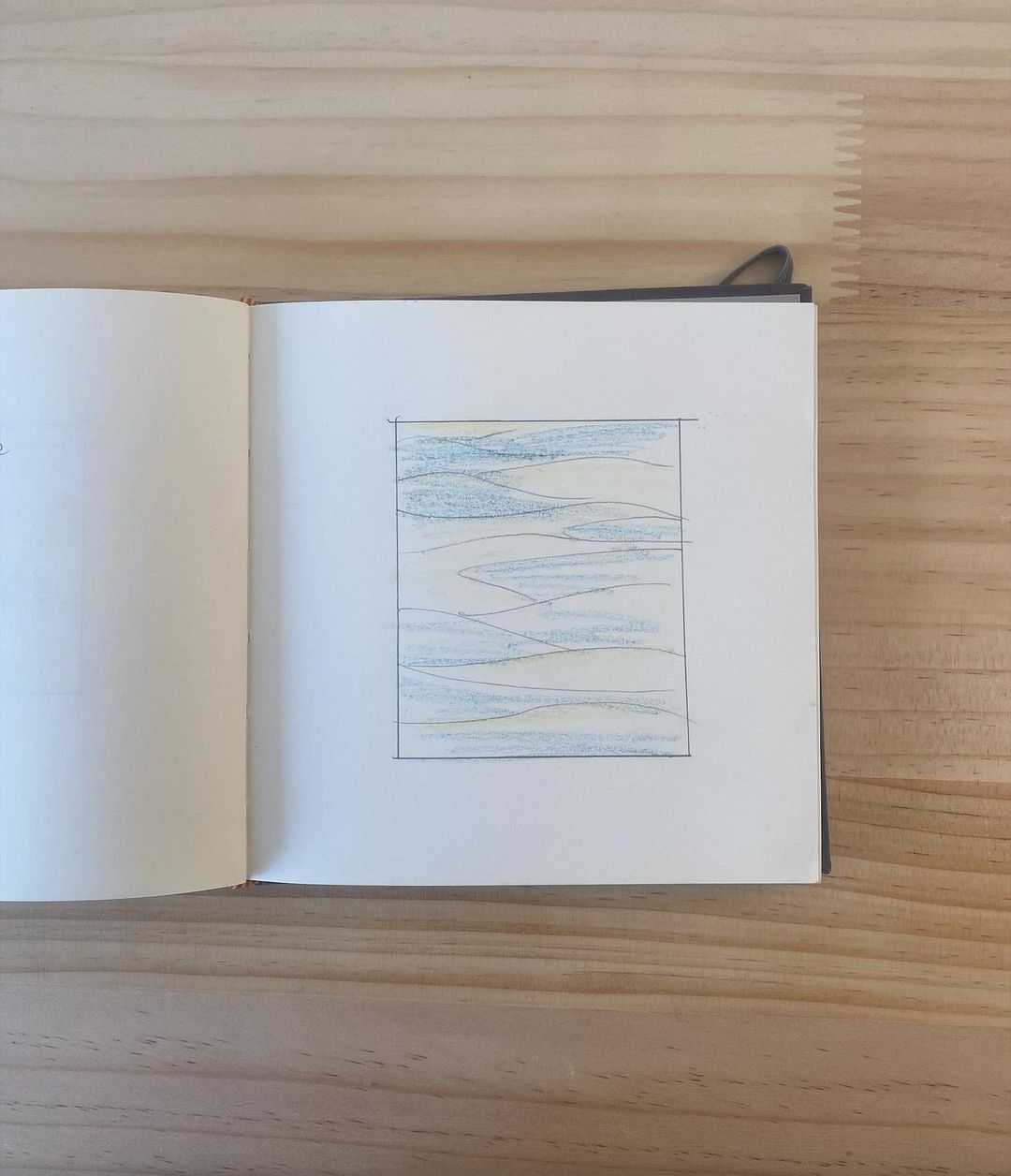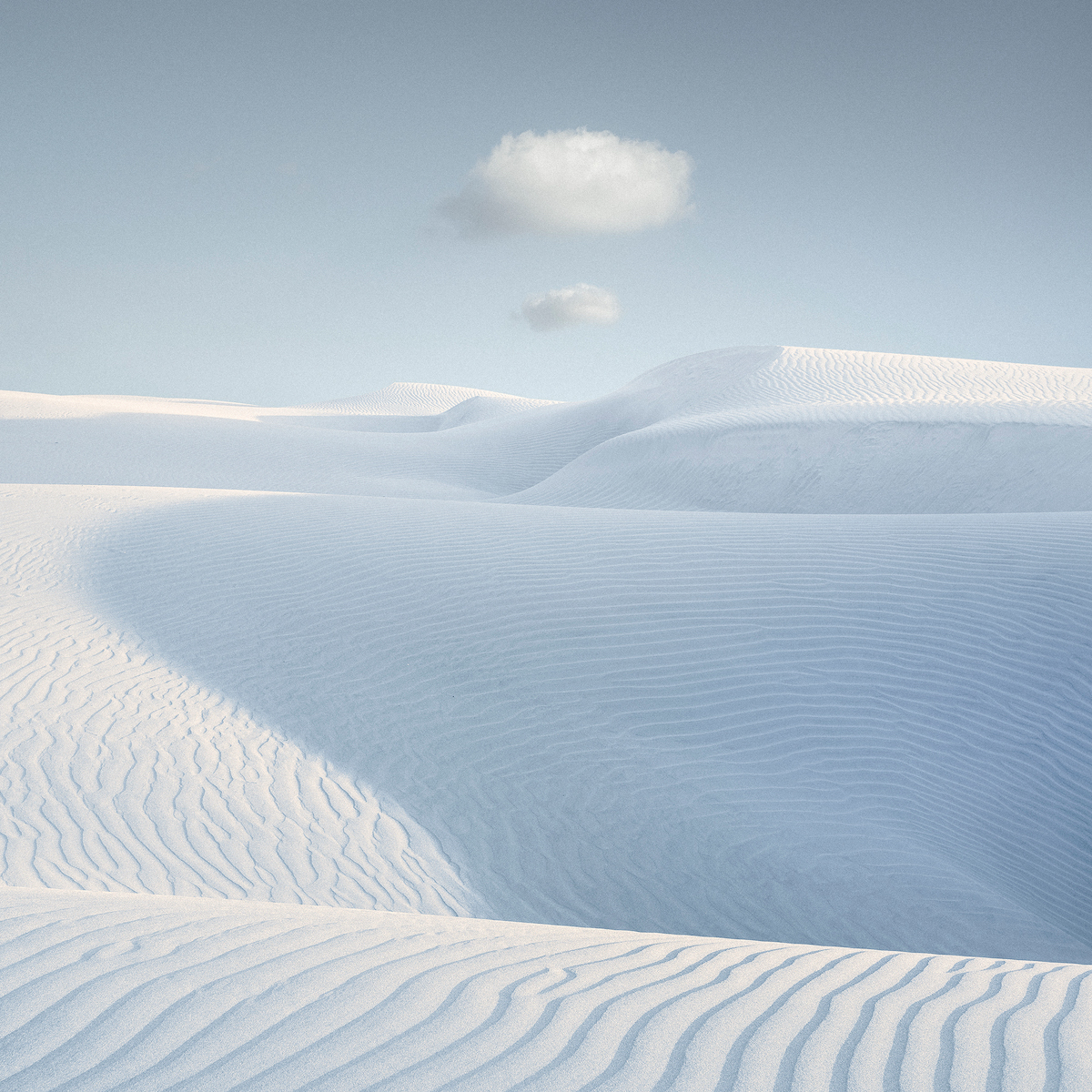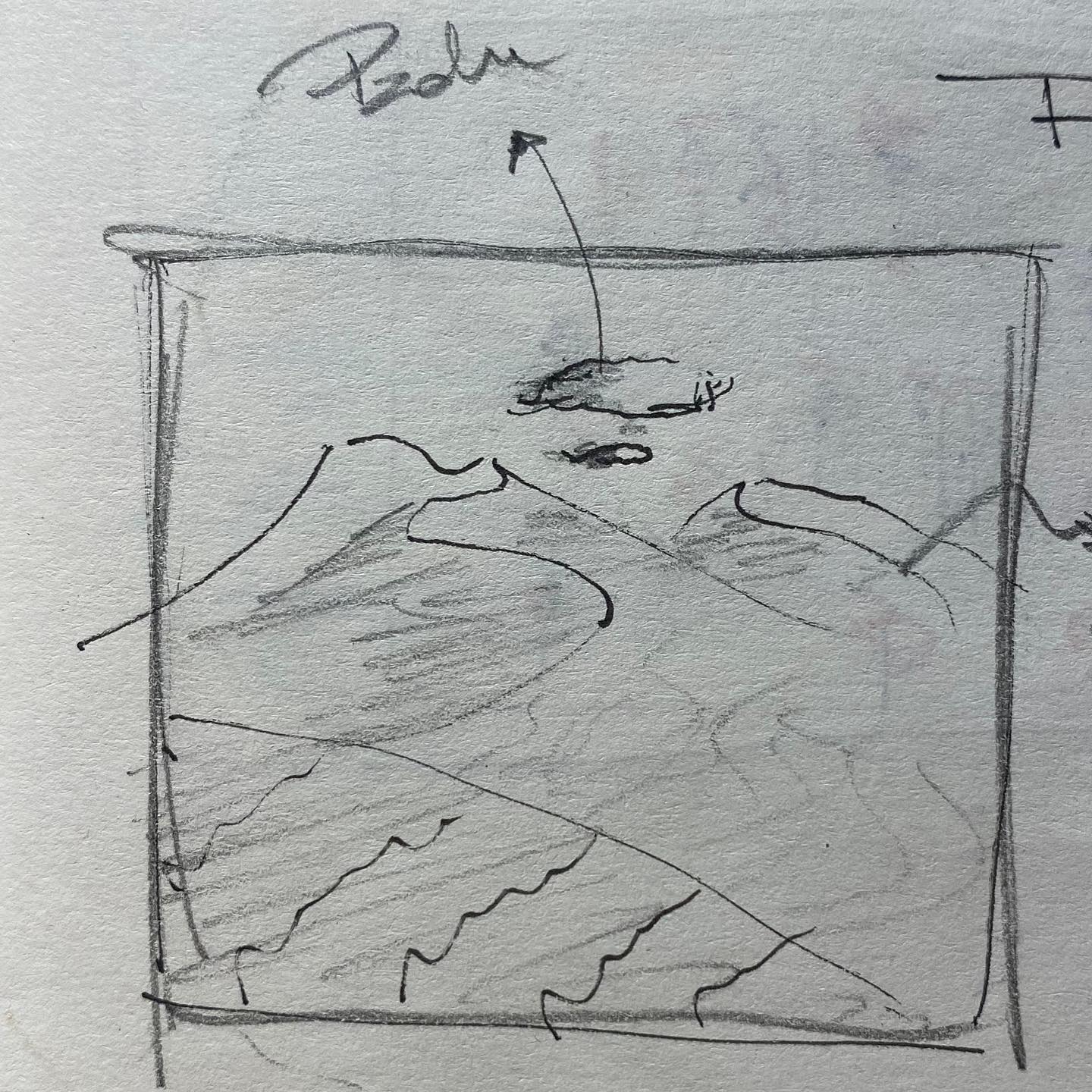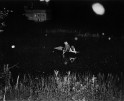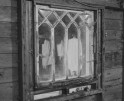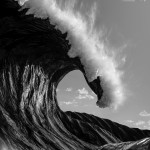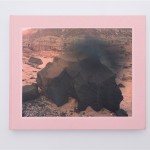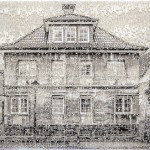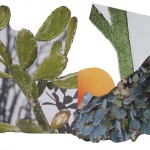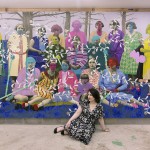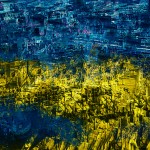Benjamin Briones Grandi: Memories
Benjamin Briones Grandi‘s sleek series of photomontages, Memories, transforms Chile’s awe-inspiring geography into surreal dream works that speak to the profound spiritual essence of the natural world. From lush forests to arid deserts, the Chilean photographer seamlessly combines disparate views and moments in time into elegant, minimalist compositions. Brightly hued and rich in imagination, Grandi’s meditative dreamscapes serve as a bridge to the transcendent and symbolize our capacity for healing and change. Inviting us to embark on our own hejira from obscurity to radiance, Memories is an eclectic travelog that beautifully reflects the vast and transformative landscapes of our interior worlds.
This theme is particularly strong in Conversion (2022) where the artist skillfully pieces together photographs of the same desert at different times of day. As we ascend through the image, the dunes are gradually bathed by the warm morning light, ushering us towards a journey of liberation and metamorphosis. It is in these sands where the trials and tribulations of our lives unfold, and it is amidst their heat where we are forged anew. A half-moon hovers above, revealing both its daytime and nighttime facets. Its presence, both timeless and timely, bestows upon our inner compass a moment of bliss of divine guidance. Capturing the enigmatic transition from the depths of night to the radiant clarity of day, the landscape is reminiscent of our own personal transformations. Akin to the ever-shifting land beneath our feet, both are constant and unending.
In his interview with Lenscratch, Grandi speaks to Vicente Cayuela about the inspirations and creative processes behind his art, offering insights into the imaginative landscapes he captures in his photographs.
Benjamin Briones Grandi is a lens based artist, born in 1985, Santiago, Chile. Early in his career, Benjamin developed a conceptual approach to his work, producing minimalistic surreal landscapes using photography. A carefully crafted aesthetic, his unique perspective in the use of the medium, and a concept-based methodology led him to numerous awards and world wide recognition.
Follow Benjamin Briones Grandi on Instagram: @bejamingrandi
Vicente Cayuela: Hi Benjamin, thank you for joining me. First of all, I love how your lens beautifully translates our nation’s intricate geography into surreal visual symphonies. Is there something you have learned about Chile that has changed your understanding of land and your relationship to it?
Benjamin Briones Grandi: I’m grateful for having been born in this country. It is the perfect palette to realize my images. However, my art is not really generated by me alone. I’m very aware that I’m just a translator of the sublime beauty of the landscape through my personal filter, so I try to be respectful of what’s already created in the land. Following the musical analogy, I see my work as an interpreter more than a composer. In the path of creation, I’ve come to understand nature as a love letter to us humans. I believe that beauty is intimately connected to hope, and we might need hope.
VC: If nature is a love letter, is there a place in Chile’s prose that holds special significance for you?
BBG: I remember traveling south for holidays with my best school friend often. The south of this country—the Araucanía and Los Lagos regions—will always have a special significance for me. It’s where I fell in love, had adventures, and had my first encounters with those refreshing cold forests. These days, though, my taste has changed a bit, and I gravitate towards large open spaces that make me breathe freedom, like the Atacama Desert, and the Flowering Desert, close to Copiapó. For some reason, these places deeply touched me.
VC: I love hearing that daydreaming is a big source of inspiration for you. Where does your fascination with these dreamlike landscapes come from?
BBC: I’m not sure where it comes from, but I remember as a kid looking at illustrations of extraterrestrial landscapes in the Cosmos Book, and getting absolutely lost in those images. When I create a piece, I look for a non-obvious beauty that can trigger a journey towards our interior. I think adding a pinch of surrealism can trigger that fascination and initiate that journey. To me, though, it has to be a little bit of surrealism. Otherwise, it becomes too evident and the piece leads you fully towards fantasy.
VC: Thinking about the sublime and even spiritual quality of your photographs, does being in the landscape hold a spiritual significance for you?
BBG: It does. I’ve been a Catholic since I was 19. I’m 38 now so half of my life is marked by this conversion process. I think this fact must be somehow present in my work, not as something intentional, but as something I can’t help transmitting when I create something from an honest place. My work is definitely not “Arte Sacro”, but I know that some people see that connection of the landscapes with a transcendent reality, even from different religious backgrounds.
VC: I believe that the unifying quality perceived by people strongly underscores the universality of the emotions your photographs evoke. I noticed that your photograph Marah and other works take their titles from religious narratives where land plays a big role. Do you usually draw inspiration from religion and its sublime literary portrayals of landscapes?
BBC: I find religious narratives deep and captivating. My first approach to creating an image is usually just visual, using intuition, but soon in the process I realize that I am trying to convey something transcendent in a very unconscious way. Since I am a religious person, I can’t avoid connecting the images to passages that are already present in my mind. So, once that connection is made, I explore the idea visually in a more conscious way, until I get to the final image I want. Ultimately, I think the landscape can offer a stage in which our most profound realities can be laid out. I ask a lot of art, I know, but I think great art can touch on these important matters.
VC: I’m curious to know, is there any sort of personal ritual when you go shooting?
BBC: I love this question. When shooting, I’m entirely devoted to the photographic process. I do all my morning routine quite fast and early, and then I start my trip, with my camera with me from the first second. I’m constantly looking at the light, the landscape, the atmosphere. Very aware and present in the moment. Usually, I don’t look at my phone, I don’t listen to music, and I even forget to eat sometimes. Once the light of the day is gone and I’m done shooting, I go back home listening to music and eating. By night I’m devastated but happy. I make intense short trips.
VC: I was curious to know because within pictures like Tres, the art of photomontage and landscape photography emerges as a therapeutic journey, where memories are woven to mend life’s wounds. Does photography also serve as a healing ritual in your life?
BBC: This idea of memories serving the purpose of healing came when I was reading an article about this process. That bare thought of our memory mechanisms working to help us deal with life really ignited my imagination. I thought maybe I can visually echo that process by making a photomontage, and detach the image from a particular place, so the viewer can use the image as a starting point to that healing process. That gives a lot of meaning and purpose to what I do. In my case as the author, when I’m most creative is when life gets tougher, and I feel the urge to sublimate something. So it is therapeutic for the author, and hopefully for some viewers also.
VC: Your process is truly captivating. It’s intriguing how you start the process of sublimating your ideas by sketching them long before you even pick up the camera. Could you please delve into the significance of constructing landscapes on both paper and pixel in your artistic process?
BBC: I stay away from boundaries when it comes to creating. Making a sketch on paper is just the most direct way to record a visual idea, there are nos screens involved, no digital artifact, no limits on what can be drawn. The less intermediary objects, the better. Then, I enter the next phase of creating the images using photography, and that’s when I subject myself to the limits of reality. I think that the concept of “digital photography” is misleading: photography is always analog. What you capture is physical, and the finished print is also physical. It does have a digital phase through the process, which I enjoy, but most of my work consists in putting free ideas within the boundaries of physical reality.
VC: When did you first become interested in photography and at what point did you begin to seriously contemplate pursuing a career as a photographer?
I’ve been moved by beauty and craving to create since I was a little boy. My first camera arrived in my hands around 2016, and I realized I was going to follow the artistic photography route by 2019. In 2021, photography started becoming really serious and nowadays it is still growing in my life.
Vicente Cayuela is a Chilean multimedia artist working primarily in research-based, staged photographic projects. Inspired by oral history, the aesthetics of picture riddle books, and political propaganda, his complex still lifes and tableaux arrangements seek to familiarize young audiences with his country’s history of political violence. His 2022 debut series “JUVENILIA” earned him an Emerging Artist Award in Visual Arts from the Saint Botolph Club Foundation, a Lenscratch Student Prize, an Atlanta Celebrates Photography Equity Scholarship, and a photography jurying position at the 2023 Alliance for Young Artists & Writers’ Scholastic Art and Writing Awards in the Massachusetts region. His work has been exhibited most notably at the Griffin Museum of Photography, Abigail Ogilvy Gallery, PhotoPlace Gallery, and published nationally and internationally in print and digital publications. A cultural worker, he has interviewed renowned artists and curators and directed several multimedia projects across various museum platforms and art publications. He is currently a content editor at Lenscratch Photography Daily and Lead Content Creator at the Griffin Museum of Photography. He holds a BA in Studio Art from Brandeis University, where he received a Deborah Josepha Cohen Memorial Award in Fine Arts and a Susan Mae Green Award for Creativity in Photography.
Follow Vicente Cayuela on Instagram: @vicente.cayuela.art
Posts on Lenscratch may not be reproduced without the permission of the Lenscratch staff and the photographer.
Recommended
-
Earth Week: Hugh Kretschmer: Plastic “Waves”April 24th, 2024
-
ALEXIS MARTINO: The Collapsing Panorama April 4th, 2024
-
Rebecca Sexton Larson: The Reluctant CaregiverFebruary 26th, 2024
-
Interview with Peah Guilmoth: The Search for Beauty and EscapeFebruary 23rd, 2024

